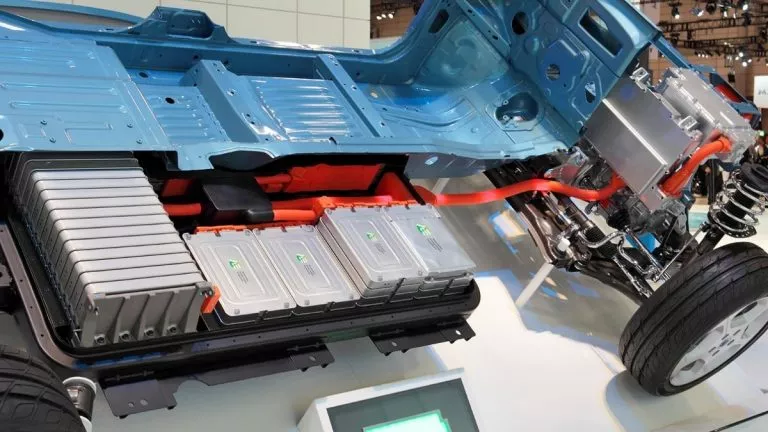MediaTek Processor Naming Scheme Explained: Smartphones & Laptops
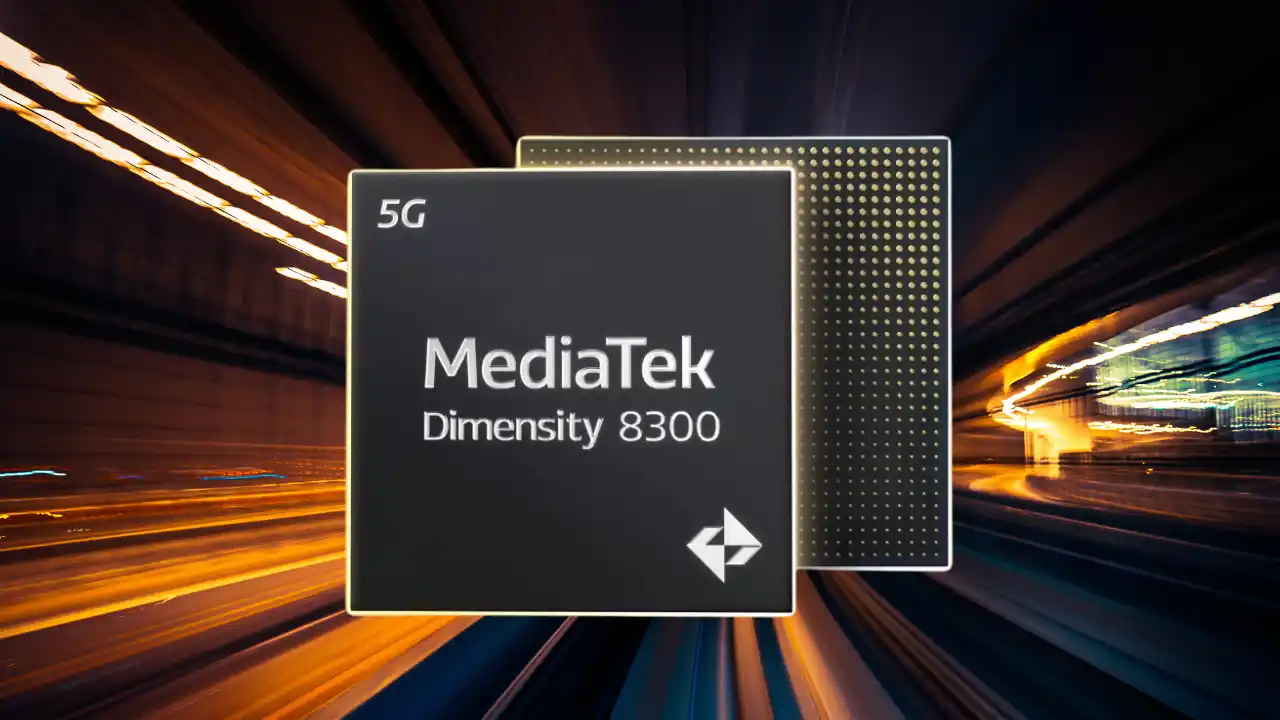
In recent years, MediaTek has staged a comeback in the budget to mid-range smartphone market, powering devices like the Motorola Edge 40 and the Realme 11 Pro Plus. However, unlike Qualcomm, which has adopted a unified naming system to help users distinguish between its offerings, MediaTek’s processor naming scheme is convoluted and lacks specific meaning.
As a result, understanding the differences between two MediaTek processors, such as the Dimensity 8050 and the Dimensity 8000—where the latter is actually superior despite its name—requires multiple Google searches. Here is everything you need to know about MediaTek’s naming scheme.
MediaTek’s Smartphone Processors
Before starting with the explanation, it is important to note that MediaTek’s processor names don’t adhere to a consistent pattern. As a result, this article categorizes these processors into three types:
1. Flagship Tier
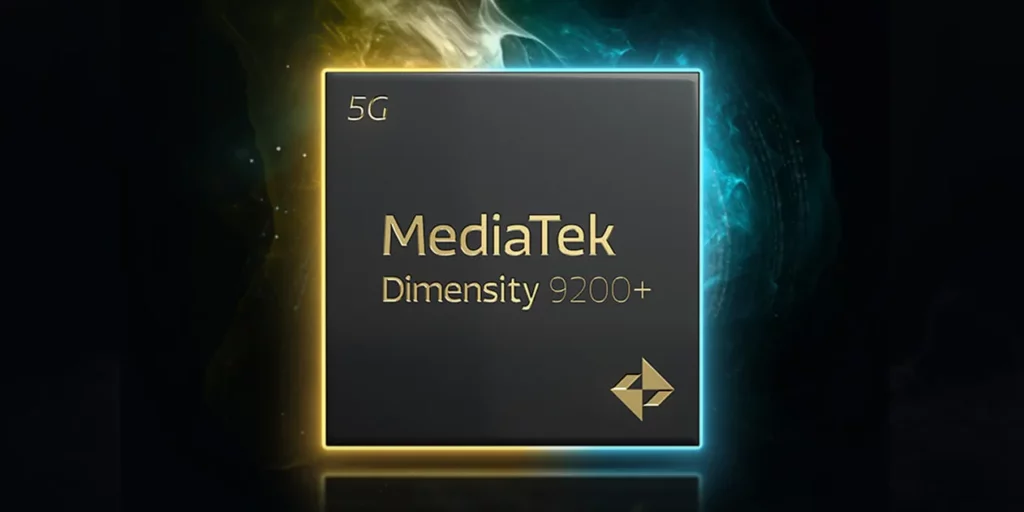
Although MediaTek’s comeback is mostly due to its budget processors, the company has dipped its toes into the premium space, giving some much-needed competition to Qualcomm. Moreover, these chips’ competitive pricing renders them a favored choice for flagship-killer phones. MediaTek’s flagship processors, ranked from lower to higher performance, include:
- Dimensity 8000
- Dimensity 8100 and the Dimensity 8100 Ultra
- Dimensity 8200 and the Dimensity 8200 Ultra
- Dimensity 9000 and the Dimensity 9000+
- Dimensity 9200 and the Dimensity 9200+
From the aforementioned processor names, it’s apparent that MediaTek’s naming scheme lacks consistency, with the company using “Ultra” and “+” interchangeably to signify higher series within the same range.
However, one might wonder why certain processors, like the Dimensity 8050 (more details later), fall under the midrange category while others reside in the flagship segment. The answer lies in the manufacturing process. Unlike other processors in its lineup, MediaTek makes its flagship processors using TSMC’s 5nm process, contributing to a significant 20%+ performance boost on its own.
2. Midrange Tier
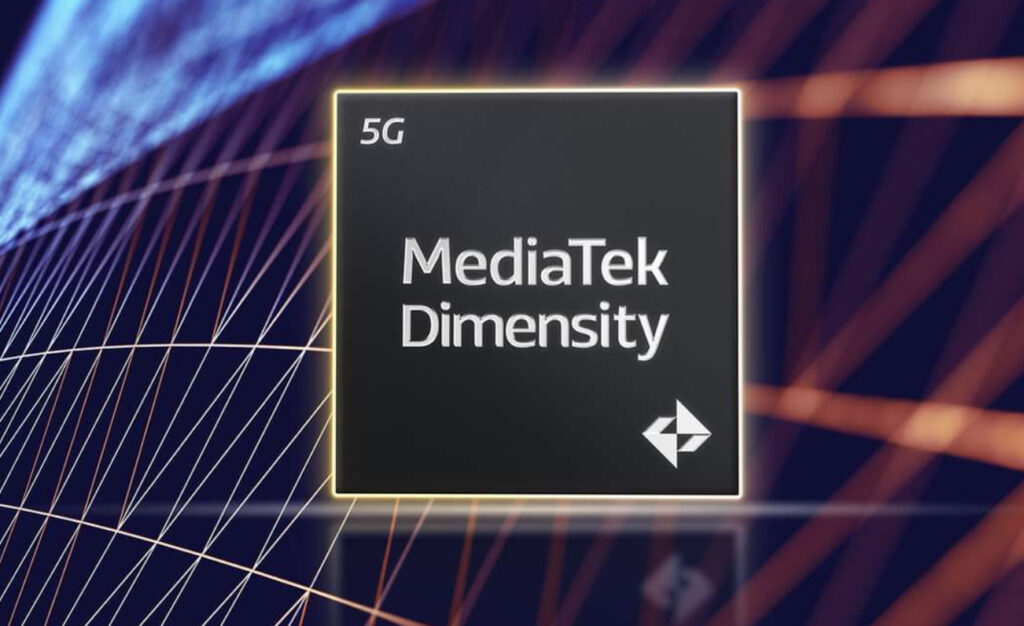
While most companies rebrand to help people differentiate between the offerings, MediaTek has done the exact opposite by changing the name of its mid-range chips to match the flagship lineup.
Consider the Dimensity 8050, previously labeled as the Dimensity 1300. The numerical designation might mislead users into assuming that it is better than the Dimensity 8000, but that’s not the case. The 8050 stands as an upper mid-range chip, boasting an Antutu score of 716,896, while the 8000 reigns as a flagship processor with an Antutu score of 835,209. Other mid-range processors in this lineup include:
- Dimensity 1000 and its variant, the Dimensity 1000+
- Dimensity 8020
- Dimensity 1200
- Dimensity 8050
When talking about the whole lineup, except for the Dimensity 1000, which operates on TSMC’s 7nm process node, all other chips within this tier are made using the 6nm node process. This makes them an ideal candidate for sub-$500 phones, such as the OnePlus Nord Nord 2.
3. Budget Tier
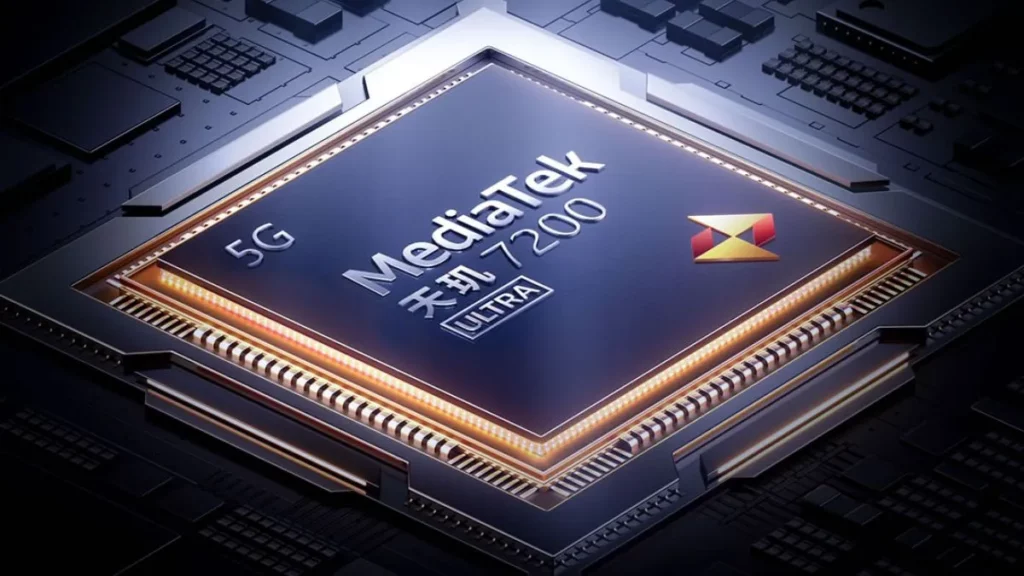
MediaTek’s strength has always been in the budget segment, providing great performance at a competitive price. MediaTek’s budget series includes:
- Dimensity 6020
- Dimensity 7200
- Dimensity 800U
- Dimensity 6080
- Dimensity 6100+
- Dimensity 900
- Dimensity 920
- Dimensity 7020
- Dimensity 7030
- Dimensity 7050
- Dimensity 7200 and the Dimensity 7200 Ultra variant
To put things into perspective, this lineup operates on a 2+6 processor scheme, featuring two performance cores and six efficiency cores. This configuration makes them well-suited for normal tasks and everyday smartphone use.
However, amidst the recent naming change, brands like Xiaomi have taken advantage of the confusion by pairing new phones with older processors. For example, the upcoming Redmi Note 13 will use the Dimensity 6080 chip, a rebranded version of the Dimensity 810 released two years ago.
4. Previous Gen chips

While MediaTek has shifted focus towards its Dimensity lineup, it continues to offer 4G chips, powering ultra-low-budget smartphones like the Samsung Galaxy A14. These chips are designed primarily for basic functions and struggle with demanding tasks such as gaming. Moreover, they depart from the traditional Dimensity naming convention, adopting names like the Helio G99, Helio G88, and G70
MediaTek’s Laptop processors
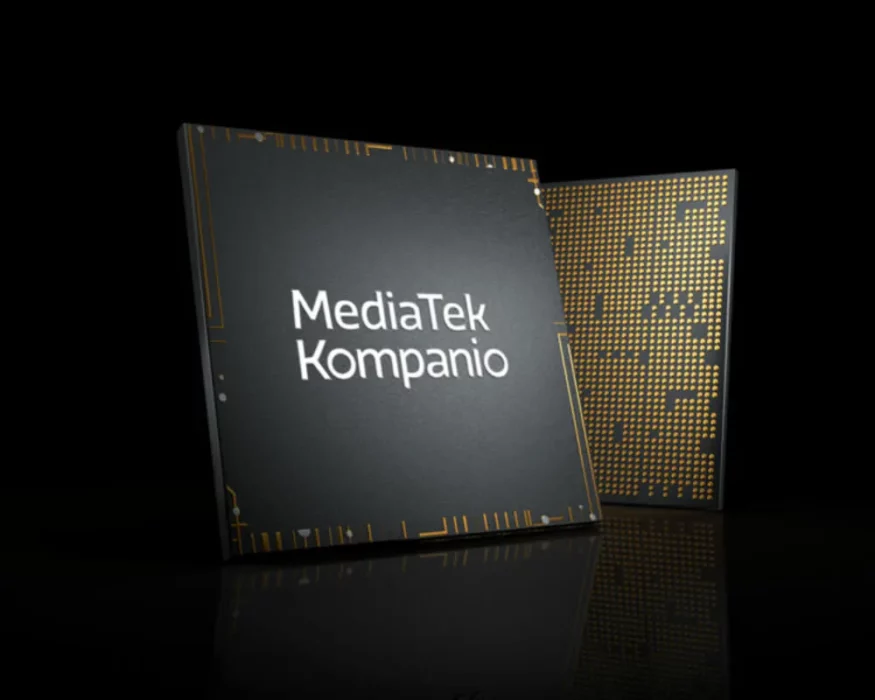
In line with Qualcomm, MediaTek has also ramped up its efforts to replace the x86 architecture by introducing the Kompanio line of processors tailored for laptops and Chromebooks. Fortunately, these processors follow a clear naming convention, with higher numbers signifying better performance. The Kompanio lineup comprises:
- MediaTek Kompanio 500
- MediaTek Kompanio 520
- MediaTek Kompanio 528
- MediaTek Kompanio 820
- MediaTek Kompanio 828
- MediaTek Kompanio 1200
- MediaTek Kompanio 1380



